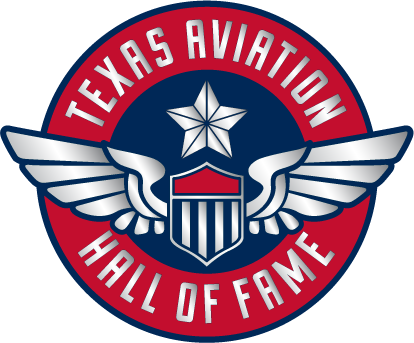The bright yellow vintage PT-17 Stearman biplane taxiing into Ellington Airport on Monday once trained World War II pilots. In two years, it will be part of a state-of–the-art aviation learning center designed to encourage students toward engineering and science careers.
When Galveston’s Lone Star Flight Museum reopens in a new $35 million facility at Ellington in 2016, it will add an educational arm to nurture jobs of the future. It’s a different direction for a museum that has largely looked to its industry’s past.
Houston city and museum officials shared plans Monday for the museum that will leave its home of nearly 30 years for an airport with its own storied aviation and military history. Already, $28 million has been raised for the museum’s new home, with groundbreaking planned for this spring.
“It’s not our intention to just have a big building where people can come in and say, ‘Gee, isn’t that a beautifully restored airplane?’ ” said Scott Rozzell, vice chairman of museum’s board. “We want them to come in and have a better understanding what these machines meant to our state, what they meant to our nation, and how science and the technology have gone into making the aviation-aerospace industry a real, technologic industry in our country for the past 80 years.”
Bonnie Dunbar, a former NASA astronaut who co-chairs the new education committee, said local interest in aviation and spaceflight is a great magnet to draw students to scientific studies.
“Too many of our young people do not understand how important it is for them, every one of them, to have a good foundation in math and science before they graduate from high school in order to be employed in 21st-century jobs and careers,” Dunbar said.
Mayor Annise Parker hopes Lone Star can become the nation’s premier aviation museum.
“Without this kind of facility, we’d lose connection to our history, and we’d lose connection to the amazing aircraft that helped make that history,” Parker said.
“Galveston was a great home for the Lone Star Flight Museum for a long time, but unfortunately Galveston is a little close to the ocean and a little close to storms,” Parker said. “Here at Ellington we have the space and the ability to help the Lone Star Flight Museum grow.”
Sea level too chancy
The museum’s directors agreed on the move after the facility suffered $15 million in damage from Hurricane Ike in 2008. Placing the museum 40 feet above sea level is one way to make sure its holdings are safer.
Galveston officials are sorry to lose the museum.
“Of course we are sad that the Lone Star Flight Museum is leaving the island,” said Meg Winchester, director of the Galveston Island Convention Center and Visitors Bureau. “They have been wonderful partners and a great attraction to the area for many years.”
The move to Houston will enable the museum to reach a broader audience, as well as increase activity at Ellington.
Earlier this year, Sierra Nevada Corp. announced it hoped to use Ellington Airport as a landing pad for its Dream Chaser space plane, which would be able to ferry seven people to orbit.
Ellington opened in 1917 as a World War I aviation training facility, during the early days of aviation itself. It has been used by the military, NASA and commercial and general aviation.
Kids to learn by doing
The new museum will still house more than 40 historically significant aircraft and host events for aviation and military history buffs. But from paper to plane, students will be able to experience how it feels to fly.
Dunbar, who heads the University of Houston’s Science, Technology, Engineering and Math Center, co-chairs the effort with Rod Paige, a former superintendent of Houston ISD and a former U.S. secretary of education.
“It’s fun for kids because they’re learning by doing,” Dunbar said. “It not only reinforces what they’re learning in the classroom, but it’s inspirational. I think it’s the perfect place for kids to get excited about learning.”
The learning center will expose students to three areas: principles of flight, a “learning airplane” and a flight simulator where students will be able to use their knowledge to fly a plane.
The museum will also provide teacher education and customize content, information and curriculum in science, technology, engineering and math.
Other additions include a Texas Aviation Heritage Gallery, a “Protecting the Nation” exhibit hangar and Texas Hall of Fame hangar with planes from the World War II era, an aircraft restoration area, research library and archive facility, and an auditorium that can seat more than 400.
“Imagine in the future, walking past a B-17 bomber in the museum, while you wait for your four-hour hypersonic, high-altitude Mach 5 flight to Singapore from the space port at Ellington,” said Mario Diaz, the Houston Airport System’s director of aviation. “The history of aviation has taught us that anything is possible, and this new building will stand as a pointed reminder of that fact.”
